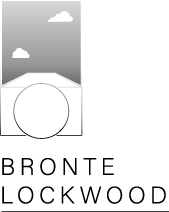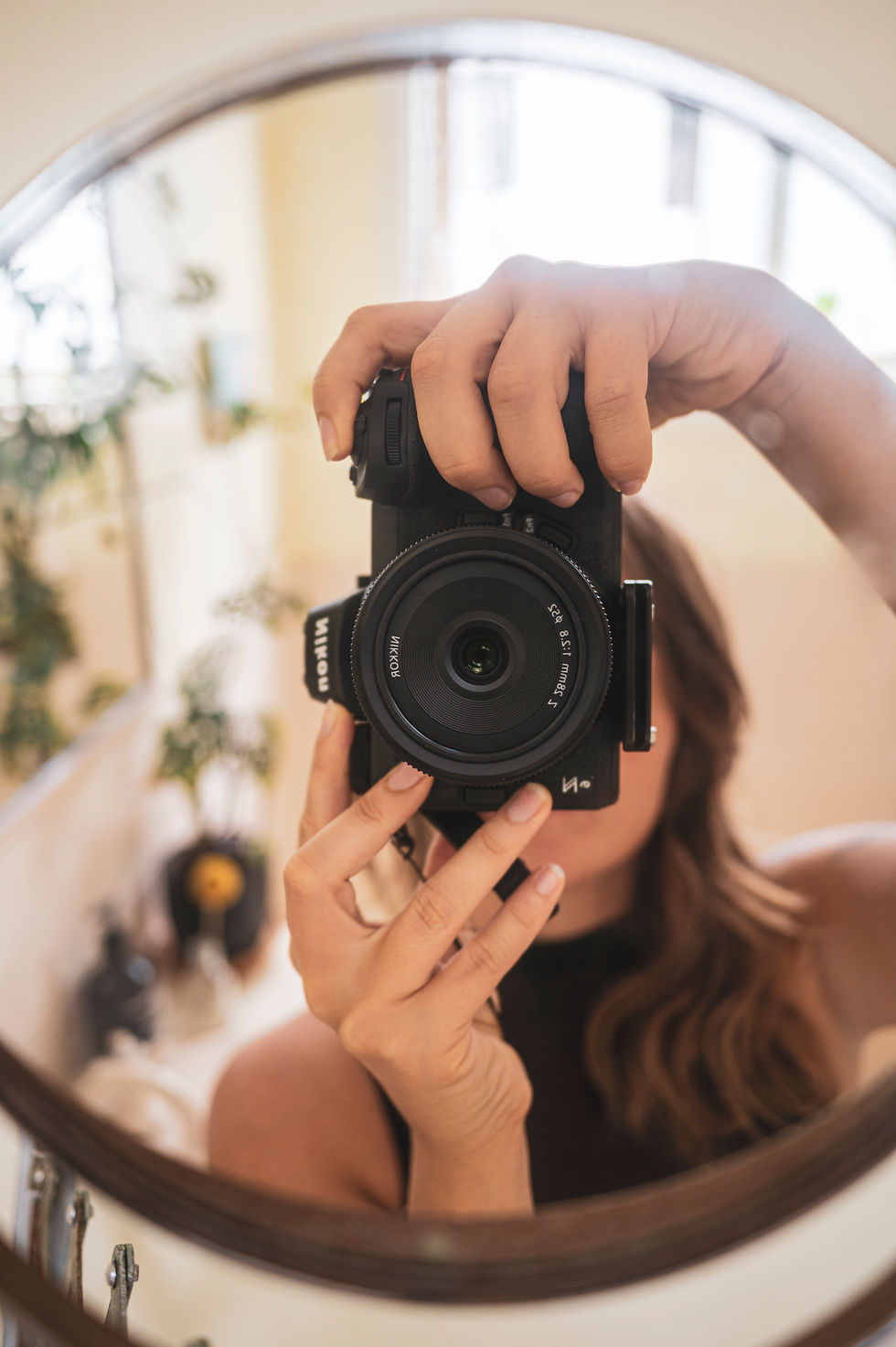Top 10 Tips for Stunning Real Estate Photography
- Bronte Lockwood
- Jan 23, 2024
- 3 min read
Updated: Mar 20, 2024
As a real estate photographer, mastering the art of capturing stunning visuals is crucial for making a property stand out in a competitive market. In this blog post, we'll explore the top 10 tips and tricks that will elevate your real estate photography game. From lighting to composition, staging to editing, these insights will help you create compelling images that leave a lasting impression.
1. Lighting: Let There Be Light
Effective lighting is the cornerstone of captivating real estate photos. Opt for natural light whenever possible, and schedule shoots during the golden hours for warm and soft illumination. Use flash strategically to fill in shadows and showcase the property's features. Experiment with different angles to find the most flattering light that highlights the home's unique characteristics.

2. Shooting Water Views: Embrace the Scenic Beauty
Properties with water views demand special attention. Capture the essence of the surroundings by shooting during different times of the day. Sunsets and sunrise shots can add a touch of magic, while midday photos can highlight the clarity of the water. Pay attention to reflections and utilize them to enhance the overall composition of your images.

3. Staging: Set the Scene for Success
Staging plays a pivotal role in creating inviting and aspirational real estate photos. Work closely with homeowners or professional stagers to declutter spaces, arrange furniture thoughtfully, and add appealing decor elements. Pay attention to small details like folded towels and strategically placed accent pieces, creating a welcoming atmosphere that resonates with potential buyers.
4. Composition: Framing the Perfect Shot
Mastering composition is essential for creating visually pleasing images. Utilize leading lines to guide the viewer's eye through the photo, framing key elements. Follow the rule of thirds to balance the composition, and experiment with different angles to find the most flattering perspective. Aim for symmetry in architectural shots, emphasizing the property's balance and design.
5. Geometry: Finding Balance in Shapes
Pay attention to the geometric elements within the property. Straight lines, angles, and curves can add visual interest to your photos. Ensure that vertical lines remain straight, and use architectural features to create a sense of balance and harmony. Symmetry and clean lines contribute to a polished and professional look.

6. Gear and Lenses: Invest in Quality Equipment
The right gear can make a significant difference in the quality of your real estate photos. Invest in a reliable camera with manual settings, a sturdy tripod for stability, and a selection of quality lenses. A wide-angle lens is particularly useful for capturing expansive interiors, while a prime lens like the 50mm can add depth and character to your shots.

7. 50mm Photography: The Magic of Prime Lenses
The 50mm lens is a versatile tool in real estate photography. Its ability to capture scenes with a natural perspective and create a beautiful depth of field makes it invaluable. Use it for capturing detailed shots, highlighting specific features, and adding a touch of elegance to your overall portfolio.
8. Editing: Enhancing Without Overdoing
Post-processing is the final polish that can elevate your images to the next level. Use editing software to correct exposure, enhance colors, and sharpen details. However, be mindful not to over-edit; maintain a natural and authentic look that accurately represents the property. Consistency in editing style across your portfolio adds a professional touch.
9. File Sharing: Delivering High-Quality Images
Efficient file sharing is crucial for client satisfaction. Invest in a reliable and secure method for delivering high-resolution images promptly. Whether using cloud storage, dedicated platforms, or personalized galleries, ensure that your clients can easily access and download the images in a format that suits their needs.
10. Passion: Infuse Every Shot with Enthusiasm
Above all, let your passion for photography shine through in every shot. Approach each project with enthusiasm, and be open to experimenting with new techniques. Your genuine love for the craft will translate into images that resonate with your audience, setting you apart as a dedicated and skilled real estate photographer.
By incorporating these top 10 tips into your real estate photography workflow, you'll not only enhance the visual appeal of the properties you capture but also establish yourself as a go-to photographer in the competitive real estate market. Remember, the combination of technical skill, attention to detail, and a genuine passion for your craft will set you on the path to consistently creating stunning real estate images.
Thanks for reading top tips for stunning real estate photography!




Comments